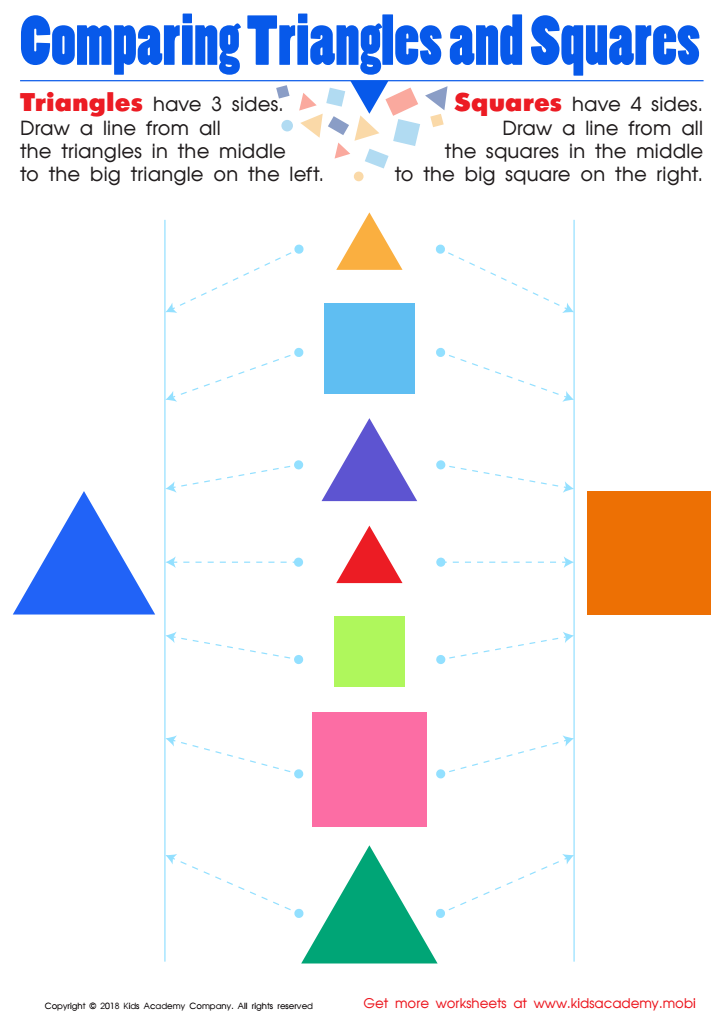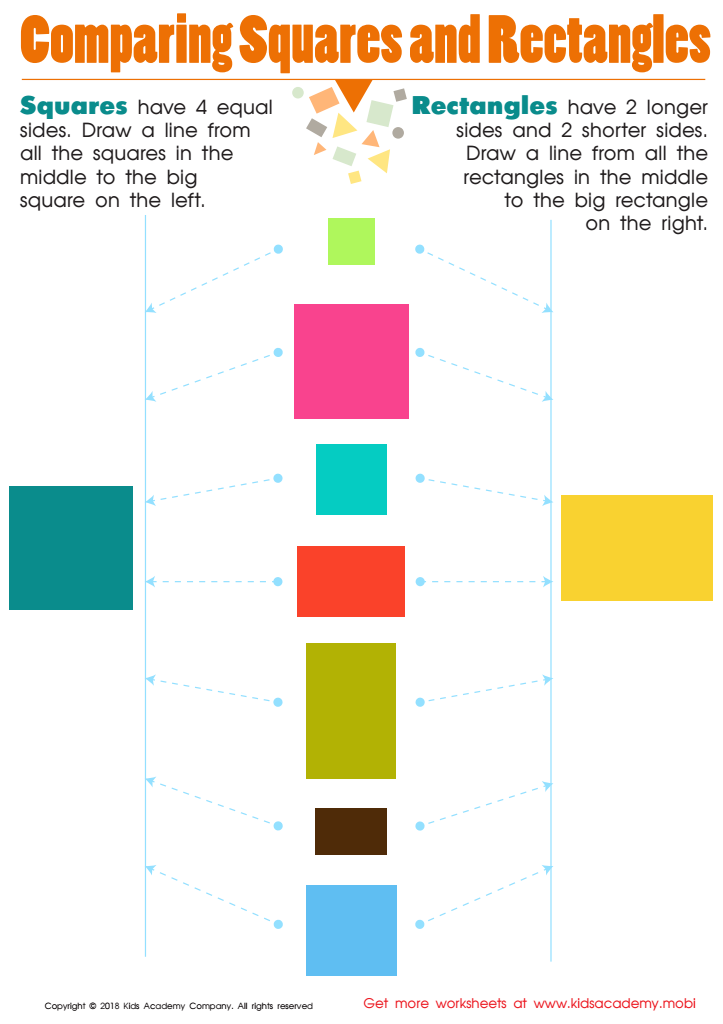-
English
-
English Pre-K
-
Unit 1: Early Literacy Skills
-
ABCs
- Pre-writing Activities
- Letter A
- Letter B
- Letter C
- Letter D
- Letter E
- Letter F
- Letter G
- Letter H
- Letter I
- Letter J
- Letter K
- Letter L
- Letter M
- Letter N
- Letter O
- Letter P
- Letter Q
- Letter R
- Letter S
- Letter T
- Letter U
- Letter V
- Letter W
- Letter X
- Letter Y
- Letter Z
-
Phonological Awareness
- Rhyming Words
- Letter Sounds B, C, D, and F
- Letter Sounds G, H, J, and K
- Letter Sounds L, M, N, and P
- Letter Sounds Q, R, S, and T
- Letter Sounds V, W, X, Y, and Z
- Letter Sounds A, E, and I
- Letter Sounds O and U
- Beginning Sounds
- Matching Letters to Sounds
-
ABCs
-
Unit 2: Vocabulary
-
Common Words
- Sorting Words into Categories
- Color Words
- Verbs and Adjectives
-
Sight Words
- Sight Words 'I' and 'Can'
- Sight Words 'You' and 'Like'
-
Common Words
-
Unit 3: Print Awareness
-
Parts of a Book
- Working with a Book
- Spaces Between Words
- Text and Illustrations
-
Picture Books and Poems
- Picture Book Text Features
- Poem Text Features
- Signs and Labels in the Community
-
Parts of a Book
-
Unit 4: Reading Literature
- Questions About Stories
- Discussing Stories
-
Unit 5: Reading Informational Texts
- Retelling Details in a Text
- Questions About a Text
- Connections Between Events
- Text Features
- Describing Illustrations
-
Unit 1: Early Literacy Skills
-
English Pre-K
-
Math
-
Math for Pre-Kindergarten
-
Logic and Geometry
-
Matching and Sorting
- Same and Different
- Which One Is a Little Different?
- Objects That Go Together
- Sorting by Color and Size
- Sorting The Same Group in Different Ways
- Patterns
-
Shapes
- Shapes in Our Environment
- Naming Shapes Regardless of Size
- Making Shapes in Preschool
- Comparing Shapes
- Relative Positions
- Sorting Shapes
-
Matching and Sorting
-
Early Number Sense
-
Numbers 1–5
- Counting to 3
- Counting to 5
- Arranging Objects up to 3 Objects
- Arranging up to 5 Objects
- Writing Numbers 1–5
-
Numbers 1–5
-
Numbers up to 10
- Counting to 10
- Arranging up to 10 Objects
- Number 0
- Writing Numbers 6–10
- Breaking Down Numbers 6-10
-
Logic and Geometry
-
Math for Pre-Kindergarten
Comparing Shapes for Preschoolers
In our daily lives we are constantly comparing and contrasting things. At the store, we compare products to see which one will best meet our needs. We often compare foods to decide which one we prefer. Comparing and contrasting is a thought process that is another integral part of your child's development. Compare and contrast is considered a stepping stone to other higher order thinking skills that your child will use as they grow and learn.
You can encourage kids to compare and contrast by asking them what is the same about yourself and your child. Then, ask them what is different. Children love when they are the subject being compared! You can do this same activity with a sibling, or even a family pet! Using familiar things will help your child to feel successful in this activity. Encourage your child to use their communication skills to describe what is the same and what is different and then discuss if the two things being compared are more alike or more different.
Once your child becomes a reader they will be asked to compare and contrast in many different academic areas. They will be asked to compare texts, rocks and minerals, and much more. But as a preschooler, we need to start out much more basic. Shapes are a perfect way for children to build their comparing and contrasting skills.
In this shape comparison worksheet you can encourage your child to count the number of sides and corners that each shape has in order to compare the two shapes. This activity is good for beginners since it has shapes with a different number of sides and angles. You will want to discuss if the color changes what shape it is. This can be confusing for children at this age. Prompt them to focus on the attributes that the shape itself has and not the color. Tap on the interactive worksheet to complete and score it online.
The next comparison activity is a little bit more challenging because rectangles and squares are very similar. This is a great place to spend time discussing the concept of a square and emphasizing the fact that a square must have four sides that are the same length. A rectangle, on the other hand, does not need to have four equal sides. You may have to give more examples of things that are equal length in order to support your child’s understanding of this concept. Again, you will want to discuss the fact that the color of the shape does not change what shape it is.
Comparing and contrasting is a skill that your child will use throughout their academic life as well as in their everyday life making it an essential concept to practice and master. There are many more activities that support your child’s learning in our catalogue. Use the drop-down menu at the top of the page or the links to related articles on the right.
Nora Brown
Elementary School Teacher


